The world of wine is vast and complex, with each grape variety telling its own unique story. Among these, Malbec has carved out a distinctive niche, particularly in Argentina, where it has become synonymous with the country’s winemaking identity. While Malbec is celebrated for its bold fruit flavors and velvety texture, one of its most defining characteristics is its tannin structure. Understanding the tannins in Argentine Malbec is key to appreciating what makes this wine so special.
Tannins are naturally occurring compounds found in grape skins, seeds, and stems. They contribute to the texture, aging potential, and overall mouthfeel of a wine. In the case of Malbec, tannins play a crucial role in shaping its personality. Argentine Malbec tends to have a more approachable tannin profile compared to its French counterpart from Cahors. This is partly due to the high-altitude vineyards of Mendoza, where intense sunlight and cool nights allow the grapes to develop thick skins—rich in tannins—while retaining a balanced acidity.
The influence of terroir on Malbec’s tannins cannot be overstated. Mendoza’s arid climate and mineral-rich soils stress the vines just enough to produce concentrated grapes with robust tannic structure. However, unlike some Old World wines where tannins can be harsh or astringent in their youth, Argentine Malbec often presents smoother, more rounded tannins. This makes the wine immediately enjoyable even when young, though it certainly has the capacity to age gracefully.
Winemaking techniques further refine how tannins manifest in the final product. Extended maceration—where grape skins remain in contact with the juice for an extended period—can amplify tannic extraction, resulting in a more structured wine. Conversely, gentle handling and shorter maceration times preserve fruit purity while keeping tannins supple. Many Argentine winemakers strike a balance between these approaches, crafting Malbecs that are both powerful and elegant.
Oak aging also plays a pivotal role in shaping Malbec’s tannins. The use of French oak barrels, which are favored in Argentina, imparts subtle vanilla and spice notes while softening the wine’s tannic grip over time. American oak, though less common, can add a sweeter, more pronounced wood influence. The choice of oak—and the length of aging—can either enhance or temper the natural tannins of Malbec, allowing winemakers to tailor the wine’s style to their vision.
What sets Argentine Malbec apart is its ability to deliver tannins that are present yet never overwhelming. Unlike some Cabernet Sauvignons or Syrahs that can feel aggressively tannic in their youth, a well-made Malbec from Argentina offers a silky, almost plush texture. This makes it incredibly food-friendly, pairing effortlessly with everything from grilled meats to hearty pasta dishes. The tannins provide enough structure to stand up to rich flavors without dominating the palate.
As consumer preferences evolve, so too do winemaking trends. In recent years, there has been a shift toward fresher, more vibrant expressions of Malbec, with an emphasis on lower alcohol and brighter acidity. Yet, even in these modern interpretations, tannins remain a cornerstone of the wine’s identity. Whether crafted in a traditional or contemporary style, Argentine Malbec continues to captivate drinkers with its harmonious balance of fruit, tannin, and terroir.
The future of Argentine Malbec looks promising, with winemakers experimenting with organic and biodynamic practices to further refine tannin quality. As climate change poses new challenges, high-altitude vineyards may become even more critical in maintaining the grape’s signature structure. One thing is certain: tannins will always be at the heart of what makes Malbec from Argentina so compelling. For wine lovers seeking depth without austerity, these wines offer a perfect marriage of power and finesse.
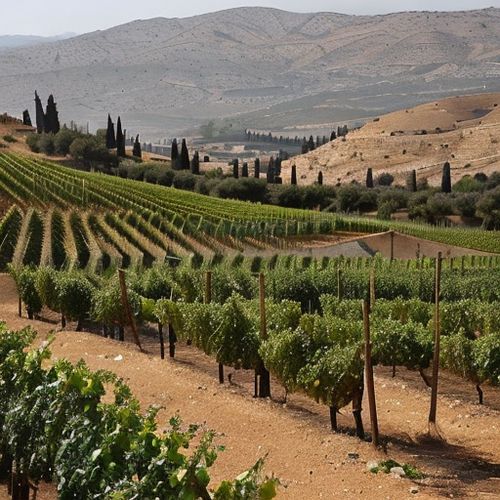
By Jessica Lee/May 10, 2025
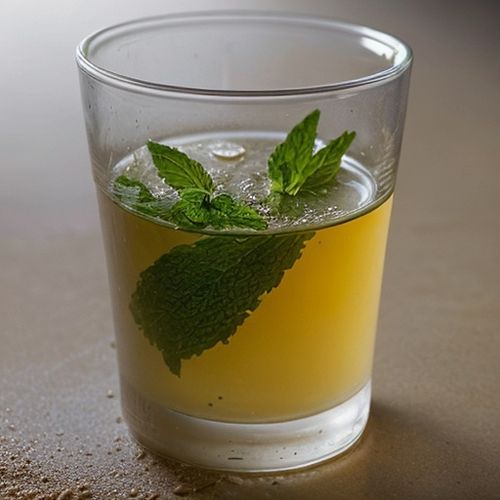
By Victoria Gonzalez/May 10, 2025
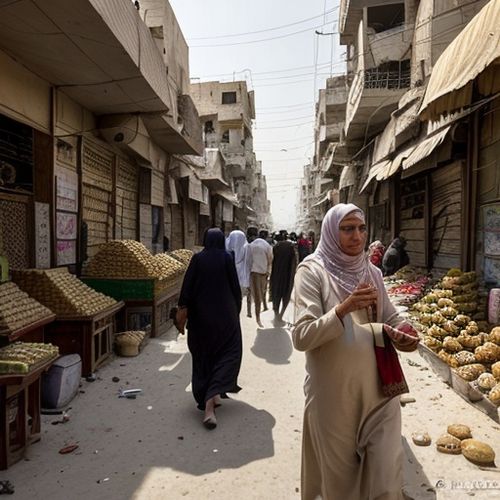
By Noah Bell/May 10, 2025

By Benjamin Evans/May 10, 2025
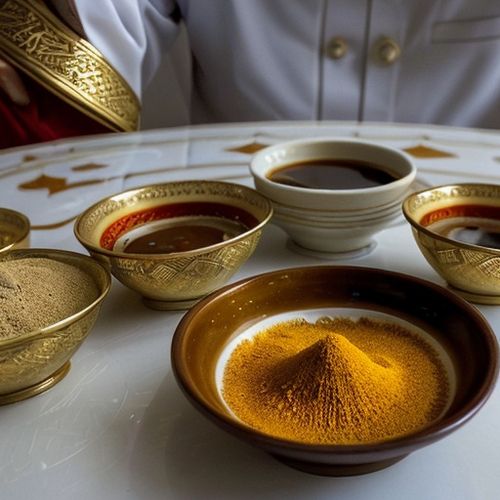
By Rebecca Stewart/May 10, 2025
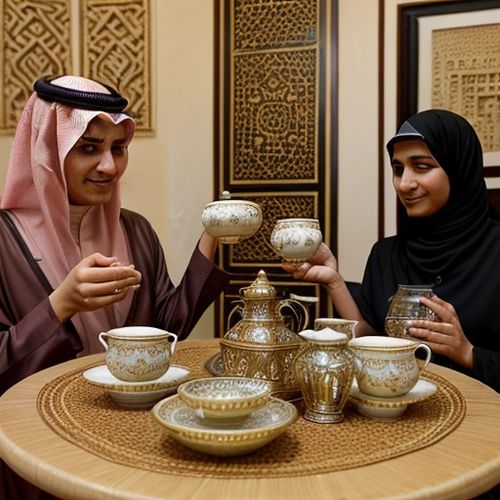
By Daniel Scott/May 10, 2025
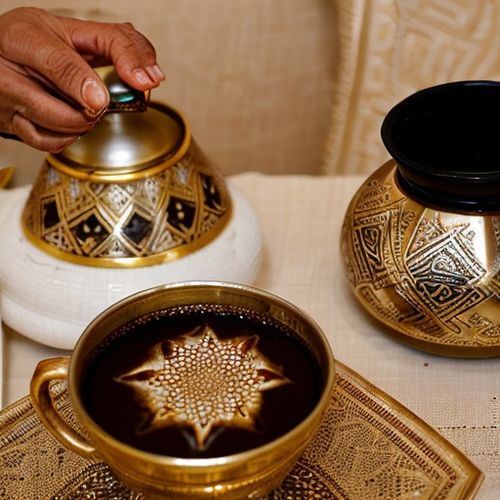
By Samuel Cooper/May 10, 2025
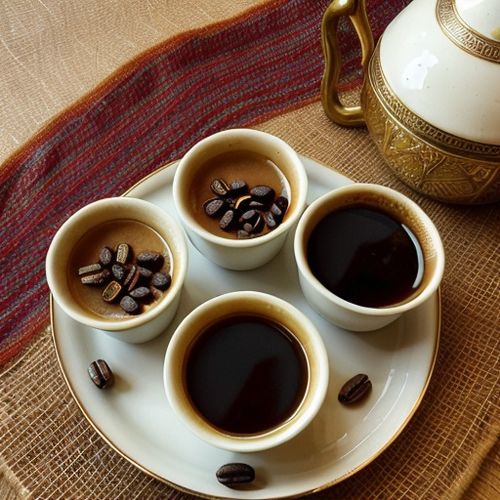
By Ryan Martin/May 10, 2025
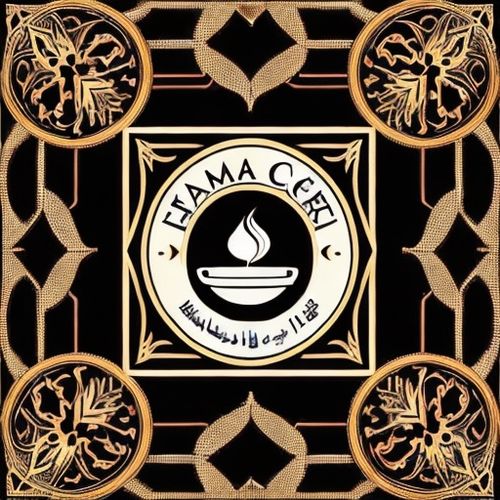
By James Moore/May 10, 2025

By Rebecca Stewart/May 10, 2025
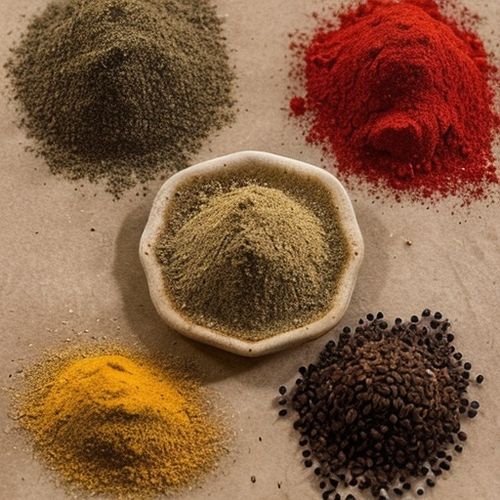
By Rebecca Stewart/May 10, 2025

By Thomas Roberts/May 10, 2025

By Grace Cox/May 10, 2025
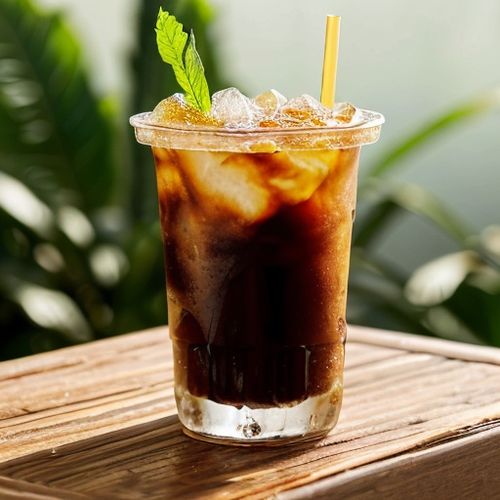
By Sophia Lewis/May 10, 2025
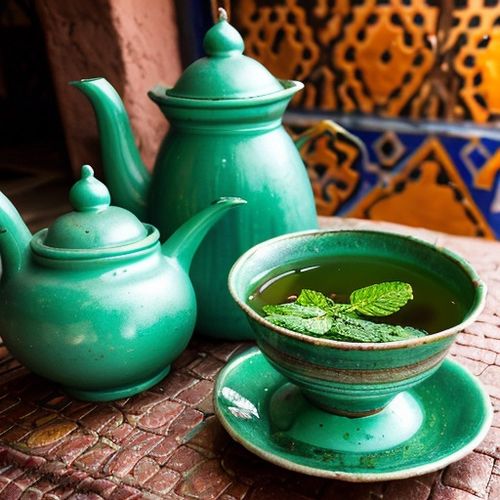
By Sophia Lewis/May 10, 2025
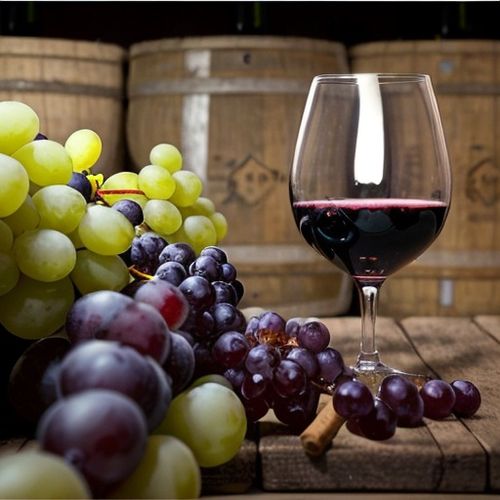
By Daniel Scott/May 10, 2025
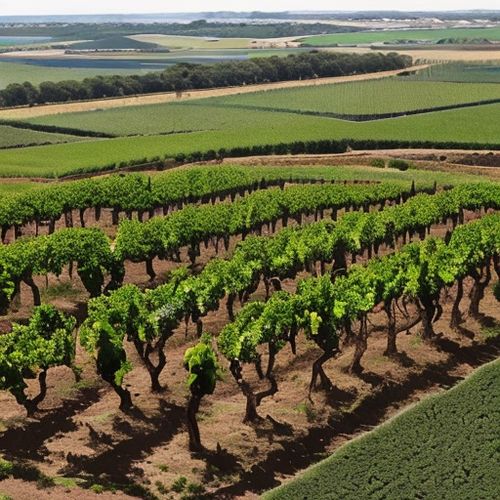
By Amanda Phillips/May 10, 2025
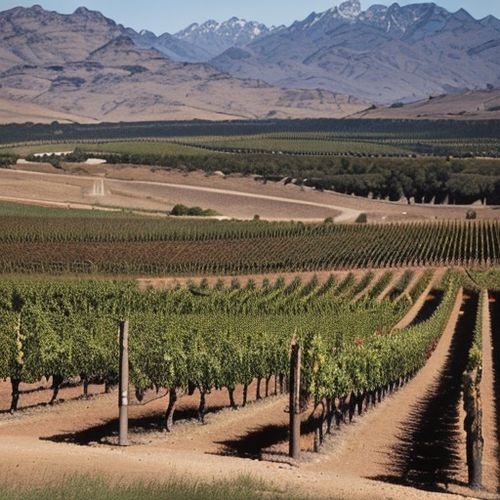
By Lily Simpson/May 10, 2025
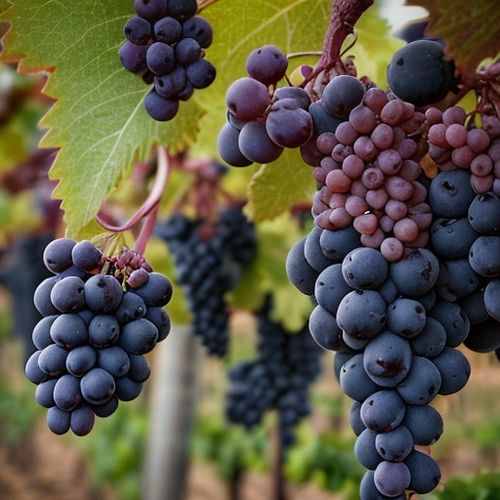
By Natalie Campbell/May 10, 2025

By Olivia Reed/May 10, 2025